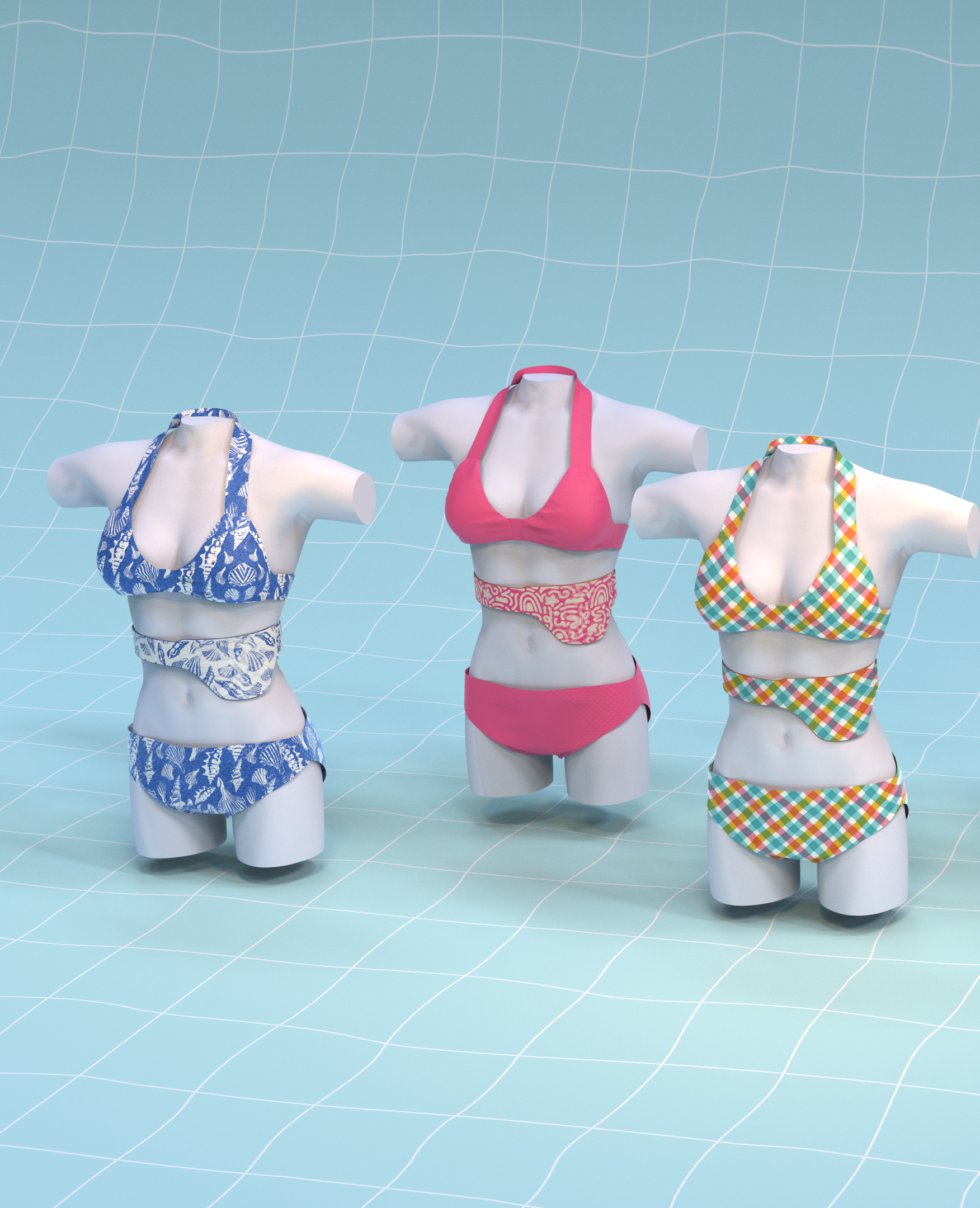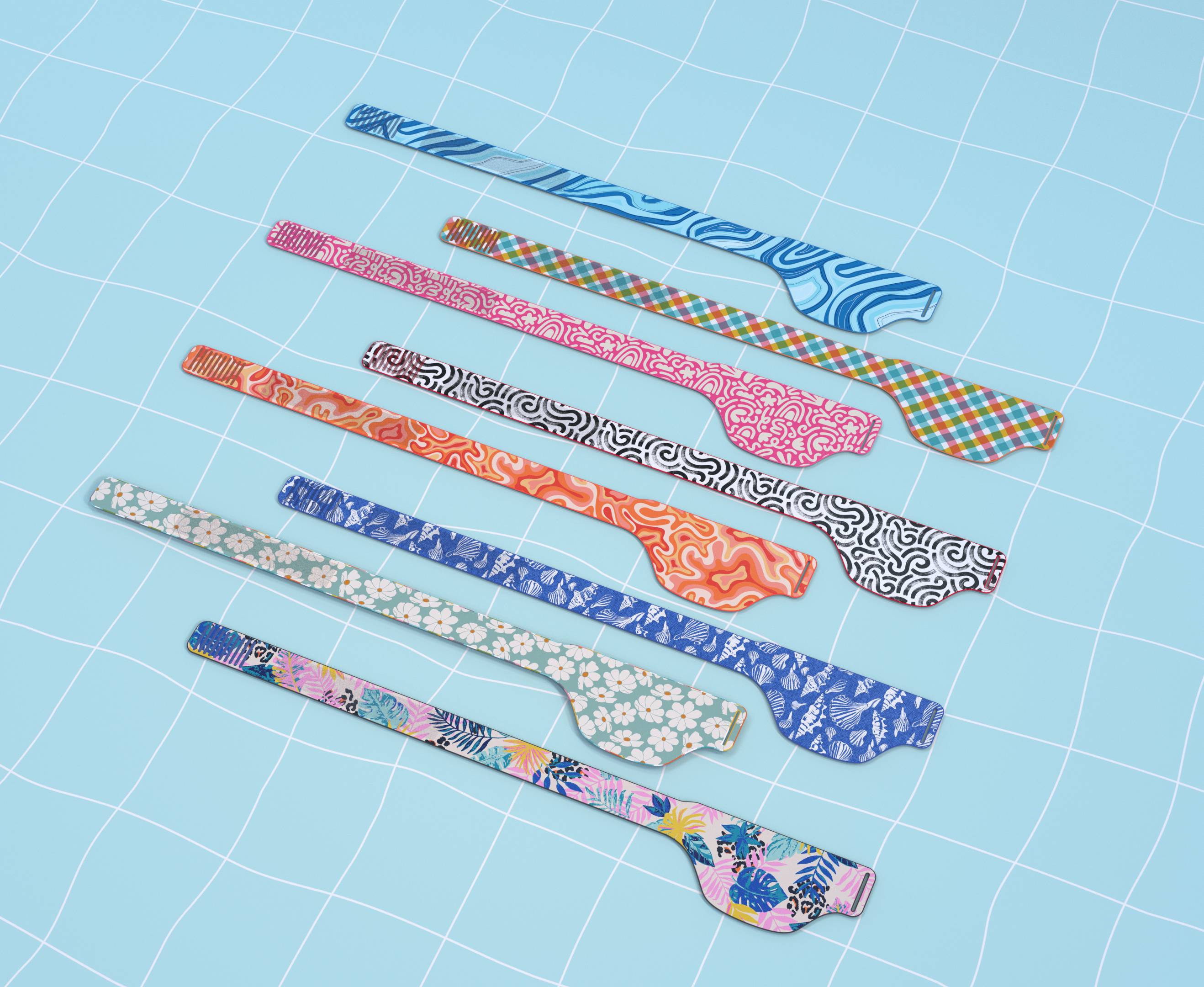1. Nasogastric (NG) Tube:
- Inserted up the nose and down into the stomach.
- Short-term use for patients unable to swallow or with digestive issues.
- Often uncomfortable and can cause irritation.
2. Nasojejunal (NJ) Tube:
- Passes through the nose, stomach, and into the jejunum (middle part of the small intestine).
- Used for patients with severe gastric problems or who cannot tolerate feeding into the stomach.
3. Gastrostomy (G) Tube:
- Surgically placed directly into the stomach.
- Long-term feeding option for patients unable to swallow safely.
- Types include Percutaneous Endoscopic Gastrostomy (PEG) and radiologically inserted gastrostomy (RIG).
4. Jejunostomy (J) Tube:
- Surgically placed directly into the jejunum.
- Percutaneous Endoscopic Gastrostomy – Jejunum (PEG-J) Endoscopically placed into the stomach like a PEG tube with an extension to the jejunum.
- Used for patients with severe gastric problems or who cannot tolerate feeding into the stomach.


Factors Affecting Tube Choice
- Reason for feeding: Malnutrition, swallowing difficulties, digestive issues.
- Duration of feeding: Short-term or long-term needs.
- Patient's condition: Overall health and medical history.
- Risk of aspiration: Likelihood of food entering the lungs.
- Tolerance to tube feeding: How well the patient tolerates the tube.
The type of feeding tube used depends on:
Why the person needs feeding: Is it for short-term illness or a long-term condition?
Where the feed needs to go: Does it need to go into the stomach or small intestine?
The person's overall health: Are there any other medical conditions to consider?
Pros and Cons of Different Feeding Tube Types
Nasogastric (NG) Tube
Pros:
- Relatively easy to insert.
- Can be removed easily.
Cons: 12
- Can be uncomfortable for the patient.
- Increased risk of aspiration (food entering the lungs).
- Often only suitable for short-term use.
Nasoduodenal (ND) and Nasojejunal (NJ) Tubes
Pros:
- Reduced risk of aspiration compared to NG tubes.
- Can be used for longer-term feeding.
Cons:
- More difficult to insert than NG tubes.
- Can be uncomfortable for the patient.
Gastrostomy (G) Tube
Pros:
- Long-term feeding option.
- Increased comfort compared to nasal tubes.
- Reduced risk of aspiration.
Cons:
- Requires a surgical procedure.
- Potential complications from the surgery.
Jejunostomy (J) Tube and Percutaneous Endoscopic Jejunostomy (PEJ) Tube
Pros:
- Lowest risk of aspiration.
- Suitable for patients with gastric issues.
Cons:
- Requires a surgical procedure (for J-tube).
- Potential complications from the surgery.
It's important to note that these are general points and individual circumstances can vary. A healthcare professional will be able to provide specific advice based on the patient's needs.
Complications of Tube Feeding
While tube feeding is generally safe, potential complications include:
Aspiration: Food or liquid entering the lungs.
Diarrhoea or constipation: Changes in bowel habits.
Nausea and vomiting: Digestive discomfort.
Tube blockage or displacement.
Infection at the tube site.
Skin irritation around the tube site.
Tube Feeding at Home
Many people with feeding tubes manage their care at home. This requires careful planning and training. Key aspects include:
Equipment: Feeding pumps, syringes, tube clamps, and cleaning supplies.
Formula storage: Safe and proper storage of feeding formulas.
Tube care: Regular cleaning and maintenance to prevent infections.
Feeding schedules: Consistent feeding times to optimise digestion.
Monitoring: Tracking intake, output, and weight to monitor progress.
Psychological and Emotional Impact
Living with a feeding tube can have a significant impact on a person's emotional well-being. It's essential to address these challenges:
Body image issues: Adjusting to a changed body.
Dependence: Feeling reliant on a medical device.
Social challenges: Managing tube feeding in public or social situations.
Support networks: Building a support system to cope with challenges.
